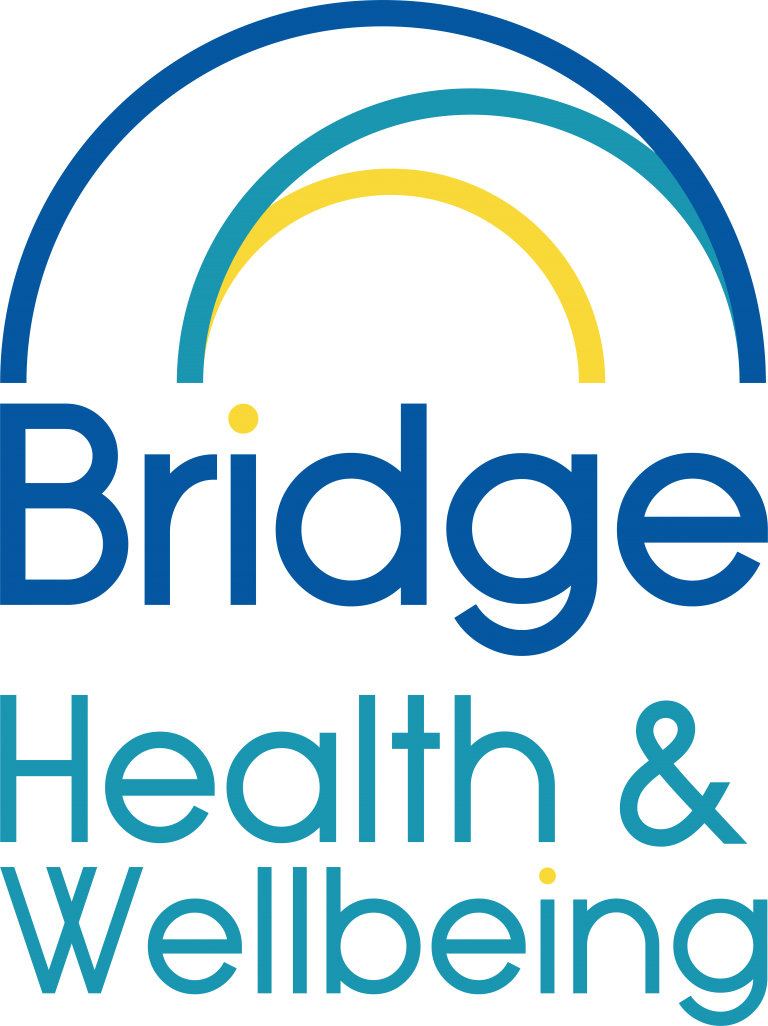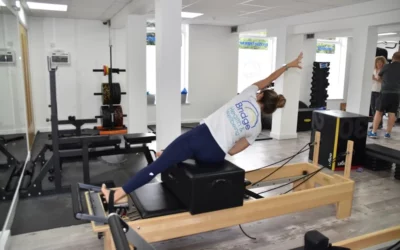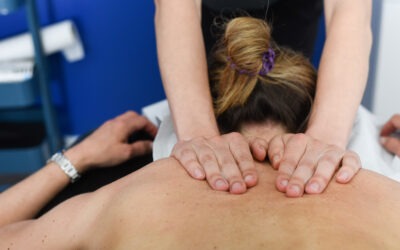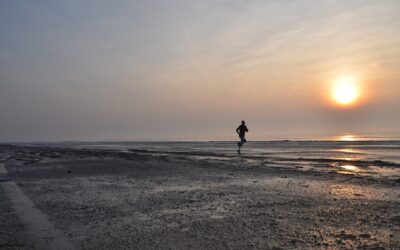When people talk about tearing the cartilage in their knee they are usually talking about the meniscus. We have 2 menisci, the medial (on the inside of the knee) and lateral (on the outside of the knee). They are discs of cartilage that add surface area to the joint and provide additional stability and some shock absorbing benefits.
This picture is looking down onto the top of the shin bone (tibia), which is where the menisci are found.

Tears of the menisci are relatively common and you can have a tear without even knowing about it. Sometimes though you do get symptoms and at times they can be quite severe. We generally see two types of tear: Acute and Chronic.
Acute tears involve a one-off incident, usually twisting on the knee or standing after kneeling for a long period of time. This can be extremely painful and can cause the knee to lock as the torn piece of meniscus gets jammed in the joint. Sometimes we can slowly get this to improve with physio but a lot of the time an arthroscopy (keyhole surgery) is required to remove the torn meniscus and allow a full recovery.
There are lots of different classifications of meniscal tears.

With chronic tears (also called degenerative tears), which we see a lot more, the meniscus has worn with time and what can be a tiny tear initially can get slowly bigger and start to cause symptoms. You can usually do very well with physio if you have a degenerative tear and this will involve exercises to keep the knee strong and also advice on managing your activities and lifestyle.

This is what it looks like during keyhole surgery, with a frayed torn edge rather than it being nice and smooth.
Symptoms
The symptoms you get from a meniscal tear can vary but on the whole, you will usually get the following:
- Localised joint line pain
- A feeling of catching
- Locking of the knee whereby you can’t fully straighten it
- Swelling of the knee
Treatment
Physiotherapy is always advocated in the first instance as this can help to get the knee moving and functioning better as well as strengthening the whole leg. We will also advise on any modifications you may need to make to your lifestyle and activity.
Sometimes surgery is required. This is nearly always a day case procedure performed through keyhole surgery. You will potentially be on crutches for a few days and slowly build up your activity over the next few days and weeks. Full recovery from an arthroscopy is 6-8 weeks.
If you have been struggling with any of the above, please do get in touch with the clinic so that we can help with a full assessment and then put together the appropriate treatment plan. The team at Bridge Health & Wellbeing have a great deal of experience treating many knee conditions. To speak to our physiotherapist Paul or book your physiotherapy appointment at our health and wellness centre on Bridge Street in Christchurch, Dorset, please contact us on 01202 473800 or email info@bridgehw.com.

Paul O’Connell (MSC, BSC, HCPC, MCSP) is a physiotherapist with two decades of clinical expertise. He has worked right across the UK, from North Yorkshire and London to Hampshire and Dorset. Sports medicine is one of his areas of special interest: he has worked both on the touchline and in sports injuries clinics, and now lectures on the Sports Therapy programme at Bournemouth University. Having spent several years managing physiotherapy and health assessment teams in two key Nuffield Health hospitals, Paul also has an extensive understanding of orthopaedic surgery.



